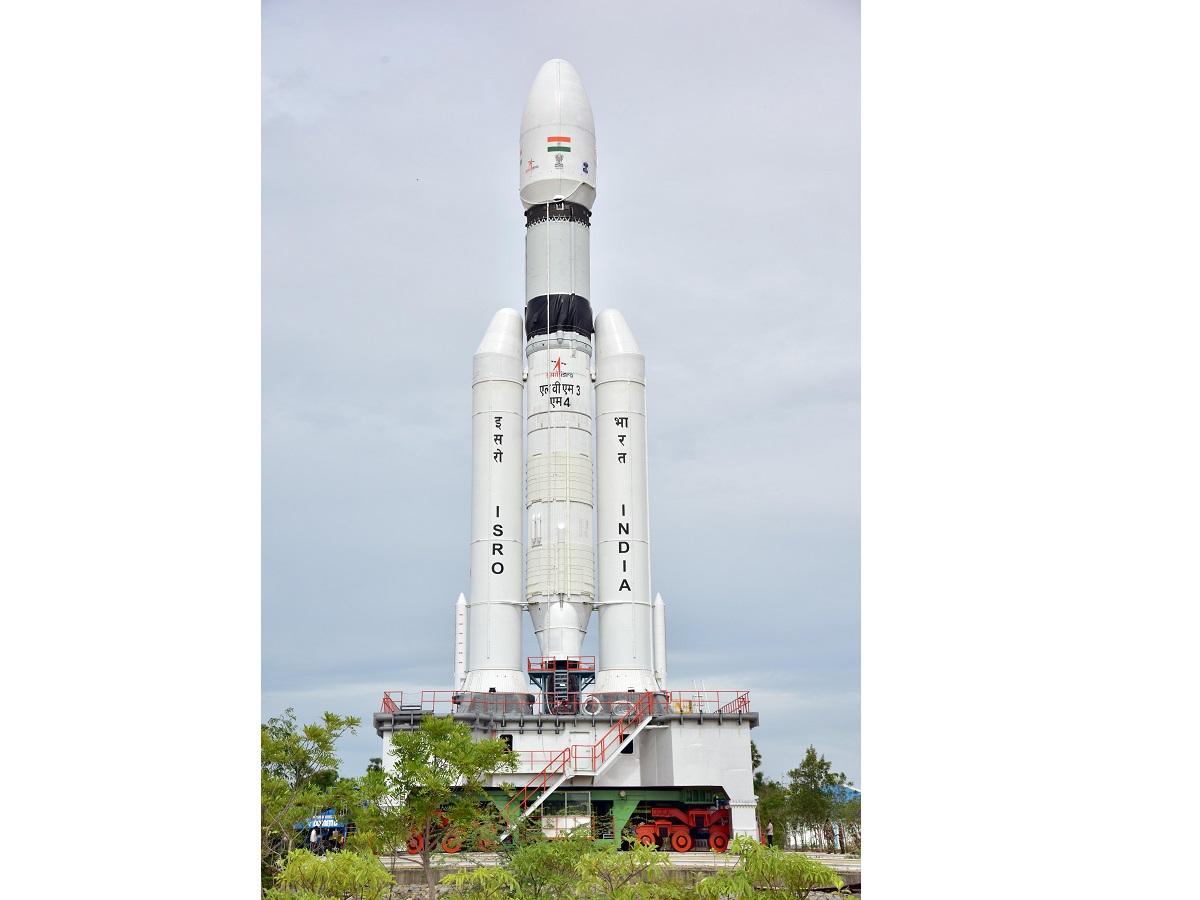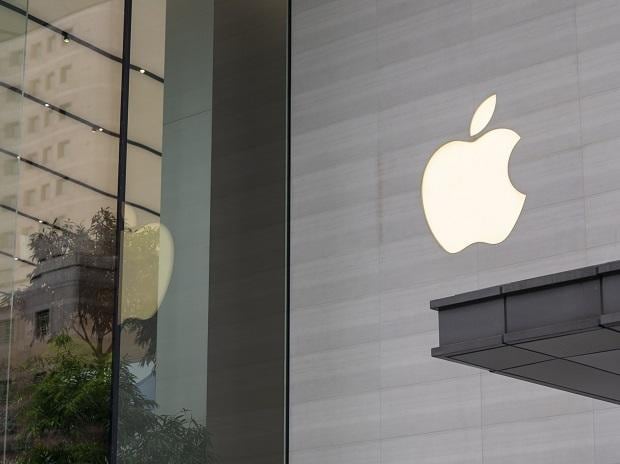“MOX, ISTRAC, this is Chandrayaan-3. I am feeling lunar gravity“.
When the Mission Operations Complex (MOX) at ISTRAC ( Isro Telemetry, Tracking and Command Network) in Bengaluru received this message from Chandrayaan-3 on Saturday at 19.12 hours, India created yet another history by inserting a spacecraft by the country into the Moon’s orbit successfully for the third time, in human civilisation’s 140th mission to the Earth’s natural satellite.
This was one of the most vital steps ahead of the spacecraft’s goals to soft-land on the Moon’s surface on August 23, which will give India an entry to the elite league of countries to do so. The only other countries to achieve this so far are the United States, Soviet Union and China. The private sector is upbeat as Chandrayaan-3 is likely to give a further push to India’s space economy which is expected to grow beyond $40 billion by 2040 from around $8 billion now. Based on government estimates, India’s share in the global space economy of $360 billion is hardly around 2 per cent.
“I am very happy and proud that the Chandrayaan mission is going as per the plan. These are all steps and we definitely see a successful mission at the end of the road. It is a matter of pride for all of us in India. This is amongst the many opportunities for the private industry. The Lunar economy will also add to the growth of the space eco-system that is on a growth path,” said AK Bhatt (retd.), Director General, Indian Space Association (ISpA).
Now, the most important step for the mission is the separation of the propulsion module from the lander, while in orbit. It was on August 1 that the craft moved towards the Moon through a successful manoeuvre from Earth’s orbit. “As the mission progresses, a series of manoeuvres have been planned to gradually reduce Chandrayaan-3’s orbit and position it over the lunar poles. After some manoeuvers, the propulsion module will separate from the lander, while in orbit. Following that a series of complex breaking manoeuvers will be executed to facilitate soft landing in the South Polar region of the moon on August 23,” Isro said in a statement.
Other than the above-mentioned four players, the countries that had conducted moon missions so far include Japan, the European Space Agency, Luxembourg, Israel, Italy, South Korea, and the United Arab Emirates. Based on data shared by the ISpA, so far around 140 missions have been launched to the moon, with nine human missions and 12 American male astronauts having walked on the lunar surface between 1968 and 1972. The upcoming Artemis program, lined up by Nasa and other countries, targets to return humans to the Moon by 2025 and expand space exploration to Mars and beyond. The Artemis Accords is a non-binding agreement between the US government and other governments involved in the programme, which was launched by the US in 2017 with the aim of sending the first woman and the next man to the Moon.
“The Indian space industry is on the cusp of a major transformation with increasing government expenditure on space, rapidly growing investment in the country’s private space sector, and government policies encouraging commercial space ventures. India presents a very lucrative market with many opportunities for private players, and the Indian Space Research Organisation is a great ambassador for India in Space,” said Barnik Chitran Maitra, Managing Partner, Arthur D. Little, India and South Asia in a report last week.
According to Arthur D. Little, the addressable market of the space economy is projected to reach a staggering $1 trillion by 2040. “India’s space market is around $8 billion today and has been growing at an annual growth rate of 4 per cent in recent years. The Indian government aspires for the country’s space sector to account for 9 per cent of the global industry by 2030. With its current trajectory, India’s space economy could reach $40 billion by 2040. However, India has the potential to claim a much larger share of the global space economy, amounting to a staggering $100 billion addressable opportunity by 2040,” it said.
Note:- (Not all news on the site expresses the point of view of the site, but we transmit this news automatically and translate it through programmatic technology on the site and not from a human editor. The content is auto-generated from a syndicated feed.))



